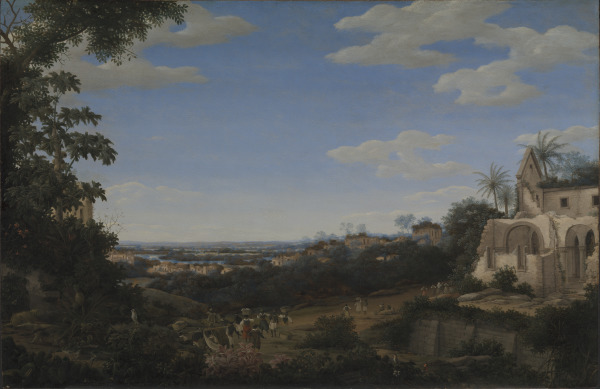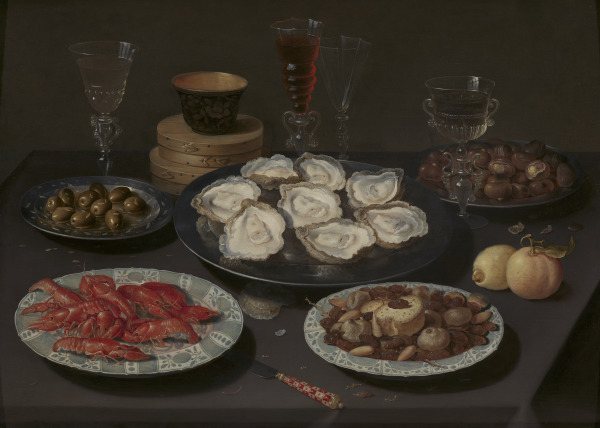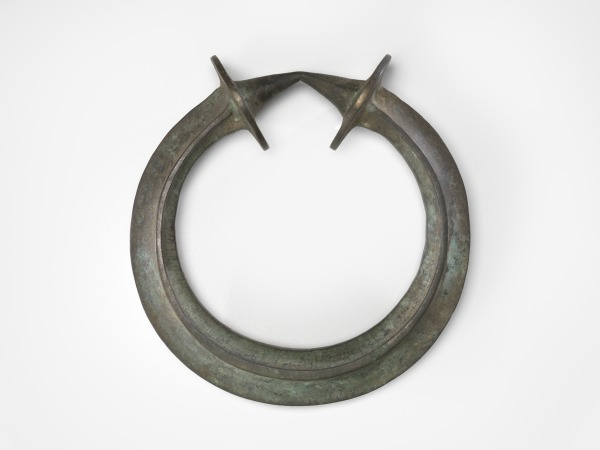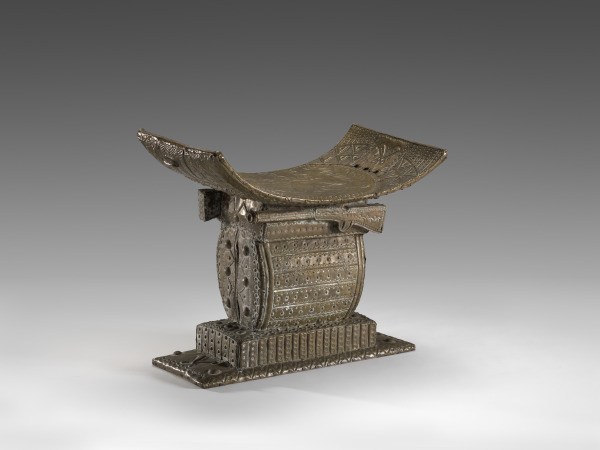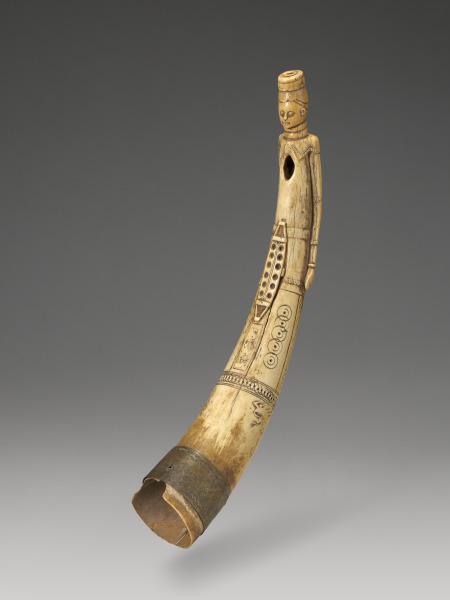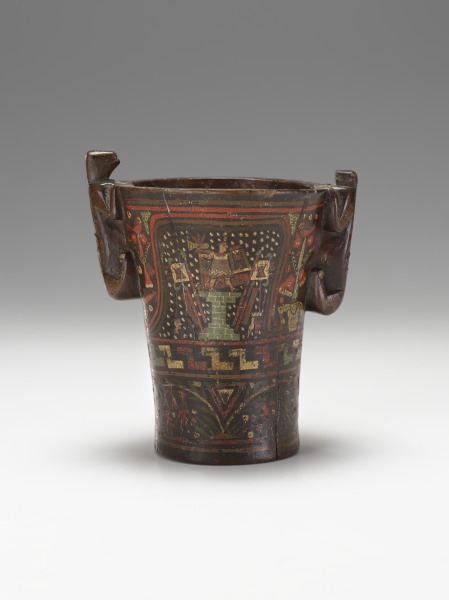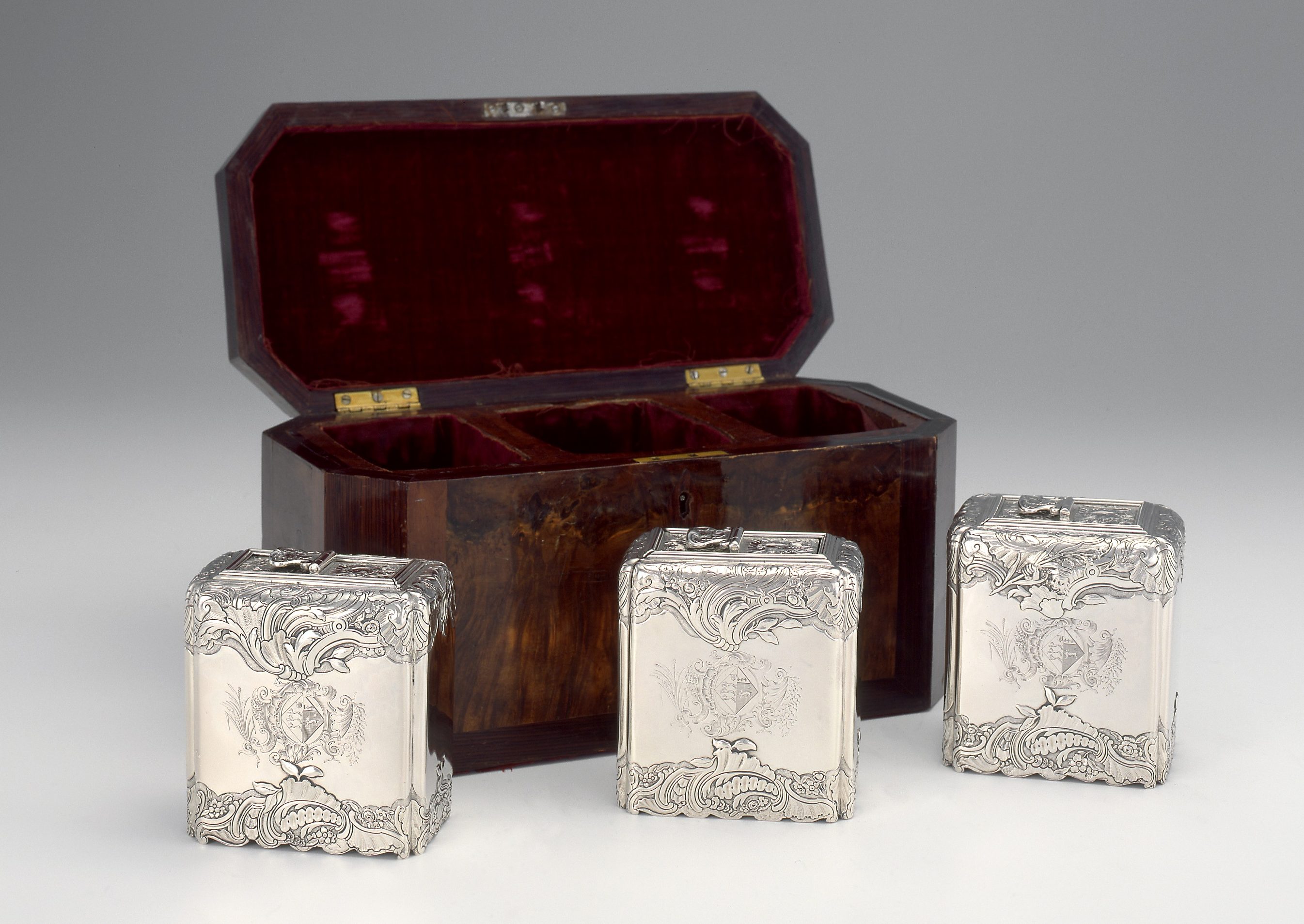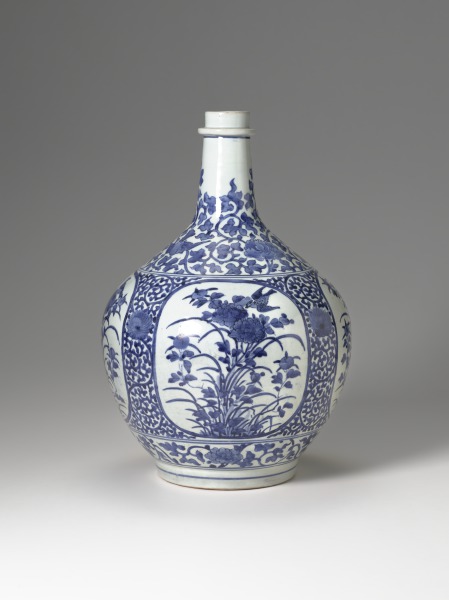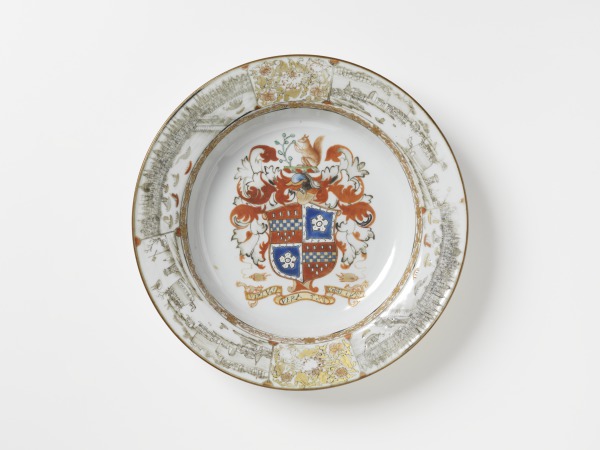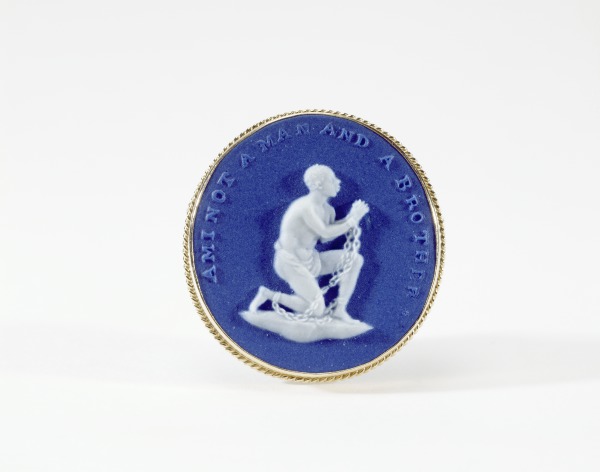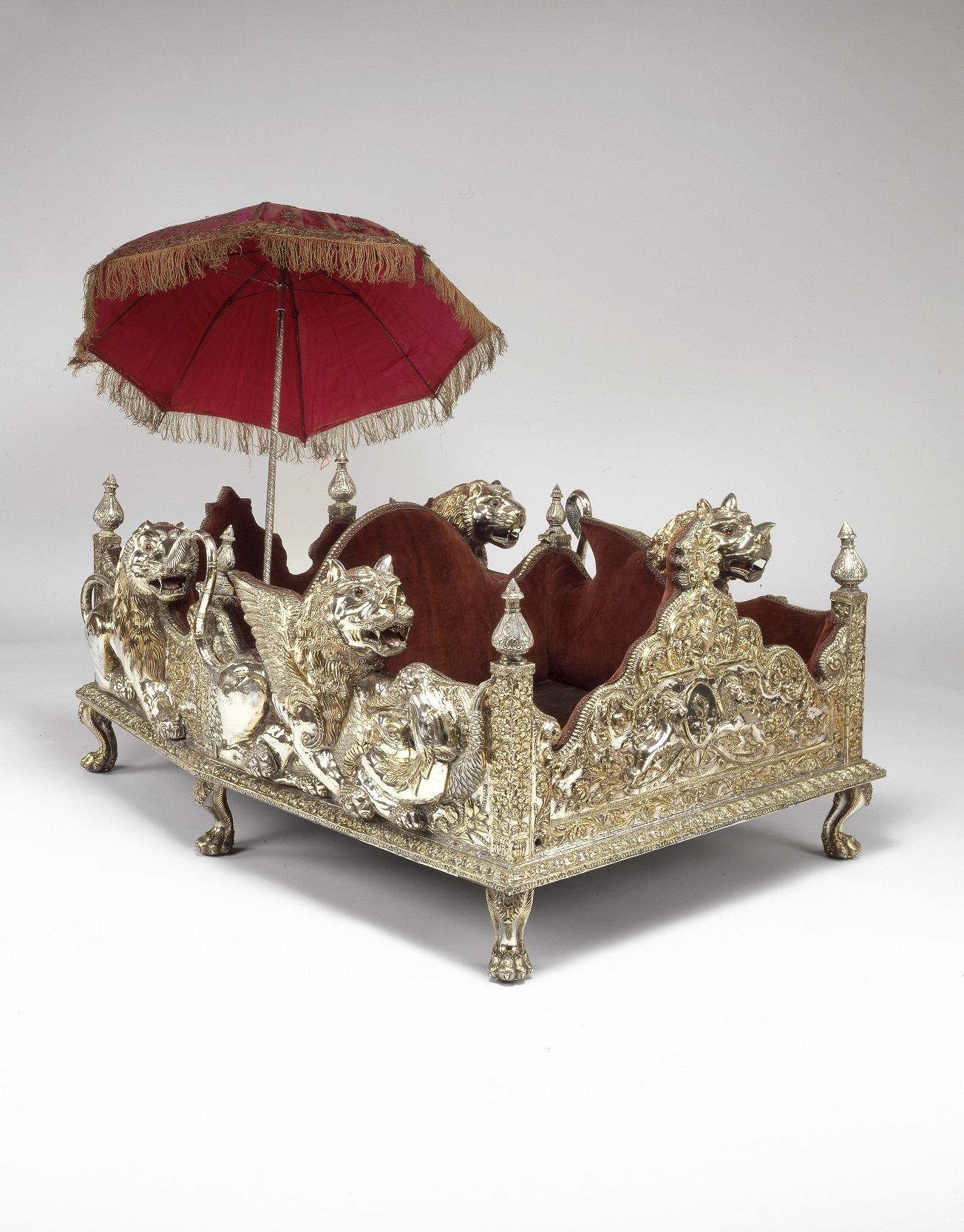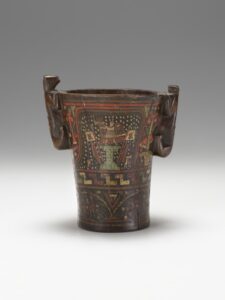
Gallery Hunt: Emergence of a Global Age: 1500-1800
Travel through the VMFA galleries to see examples of an interconnected world!
Transoceanic voyages during the European Age of Discovery connected the Eastern and Western hemispheres as never before. Changing patterns in long distance trade created the beginnings of an interdependent global economic system. The growth of new trade networks facilitated the movement of goods, people, technologies, and ideas. This cultural exchange will change economic, political, and social systems around the world. Travel through the VMFA galleries to see examples of an increasingly interconnected world!
View of the City of Olinda, in Brazil, in Ruins
European Galleries, Level 2
The mid 17th century is known as the Dutch Golden Age. How might this image of Brazil relate to the Dutch Golden Age?
How does the artist communicate that this is a time of prosperity for the Dutch?
What might be some characteristics, beyond increasing wealth, of a country or state that is experiencing a Golden Age?
Still Life with Crayfish, Oysters, Chestnuts and Olives
European Galleries, Level 2
How does the content of the painting demonstrate the existence of a global economy?
Foods such as olives, grapes, figs, and lemons were not grown in the Netherlands where this artist was from. Why do you think the artist included them in the painting?
What foods and objects in your kitchen are not native to the region in which you live?
Torque
African Galleries, Level 2
What was going in Western Africa during the 17th century?
How did the Yoruba use the torque?
How might this object have fit into the triangle trade network?
Dwa (Official's Stool)
African Galleries, Level 2
Why might a powder keg and two rifles have been used to support the stool?
What scene has been carved into the seat of the stool?
How does the imagery in the stool fit into what you know of the triangle trade network?
Side-Blown Horn
African Galleries, Level 2
How were ivory trumpets used by the Mende?
What does the British lion and crown carved on the side of the horn suggest?
Qero
Evans Court, Level 2
What was happening in the Incan region of the Americas in the mid 17th century?
How does the qero include both Spanish and traditional Incan elements?
Tea Caddy
Gans Silver Galleries, Level 2
Where does tea originally come from?
Where does sugar originally come from?
How does the British tea and sugar caddy fit into what you know of the triangle trade network of exchange?
Find another object in this gallery that demonstrates the British connection to global trade.
Large Apothecary Bottle
East Asian Galleries, Level 2
What four different countries were involved in the production, manufacture, and sale of this bottle?
What does the history of the bottle tell you about the relationship between Japan and China?
How about the relationship between Japan and the Dutch East India Company?
Can you list something you have recently purchased that was made by another country but sold here in the US?
Plate with Scenes of London and Guangzhou
East Asian Galleries, Level 2
What conclusions can you draw about the family who owned this plate?
Do you have any objects or pictures in your home that depict scenes from another country?
Anti Slave Trade Medallion
American Galleries, Level 2
What wording is inscribed on the medallion?
How did this medallion arrive in the United States?
Howdah
South Asian Galleries, Level 3
What country was expanding control across the Indian subcontinent during the 19th century?
How was this Howdah used?
How does this object connect to the horn and/or the stool you saw in the Africa gallery?
